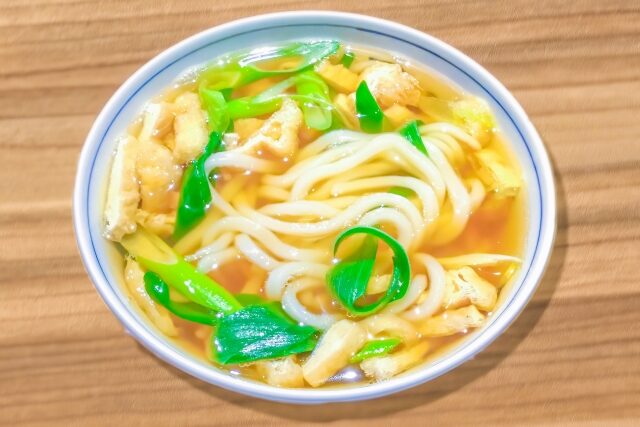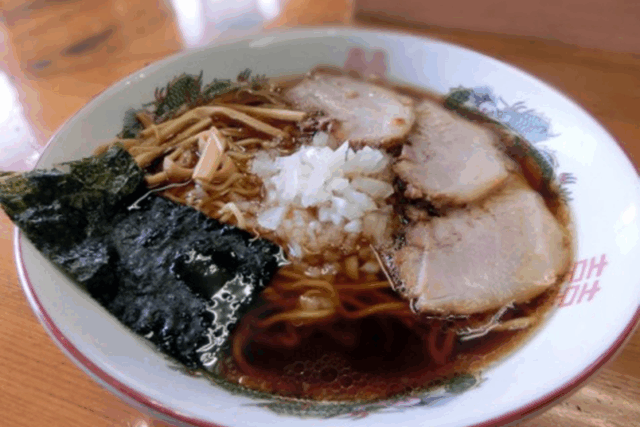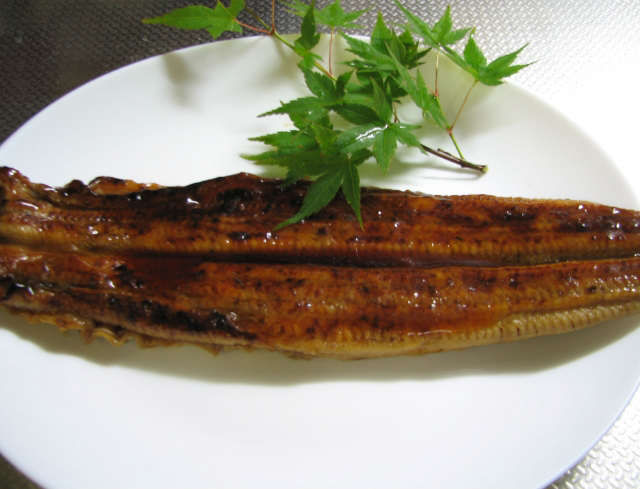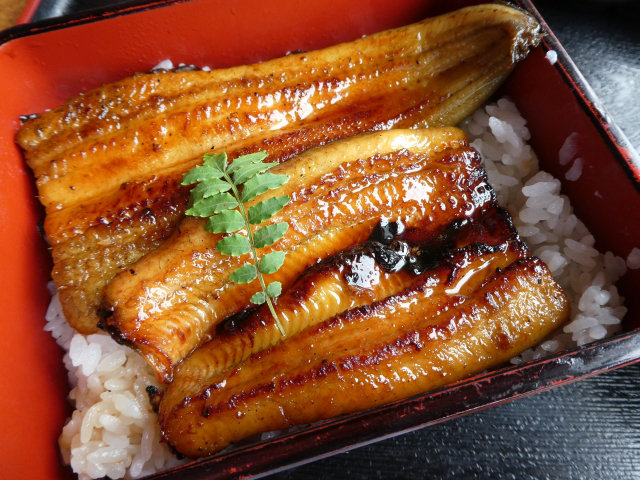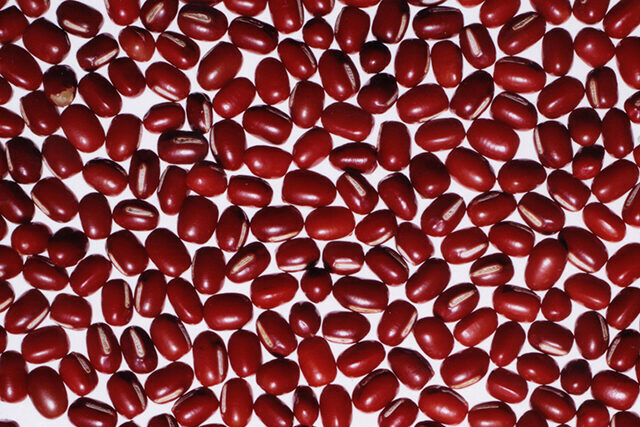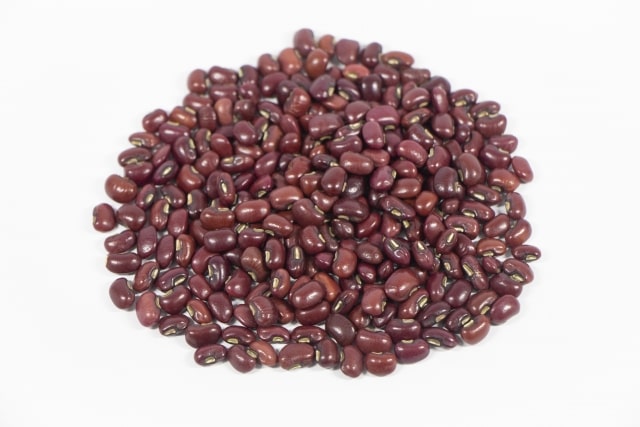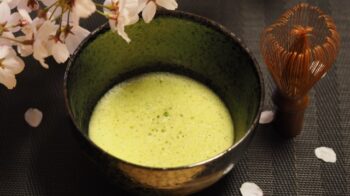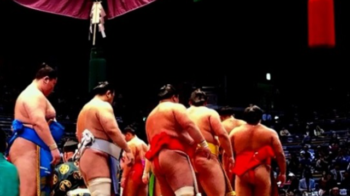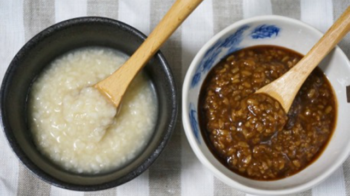Kansai and Kanto
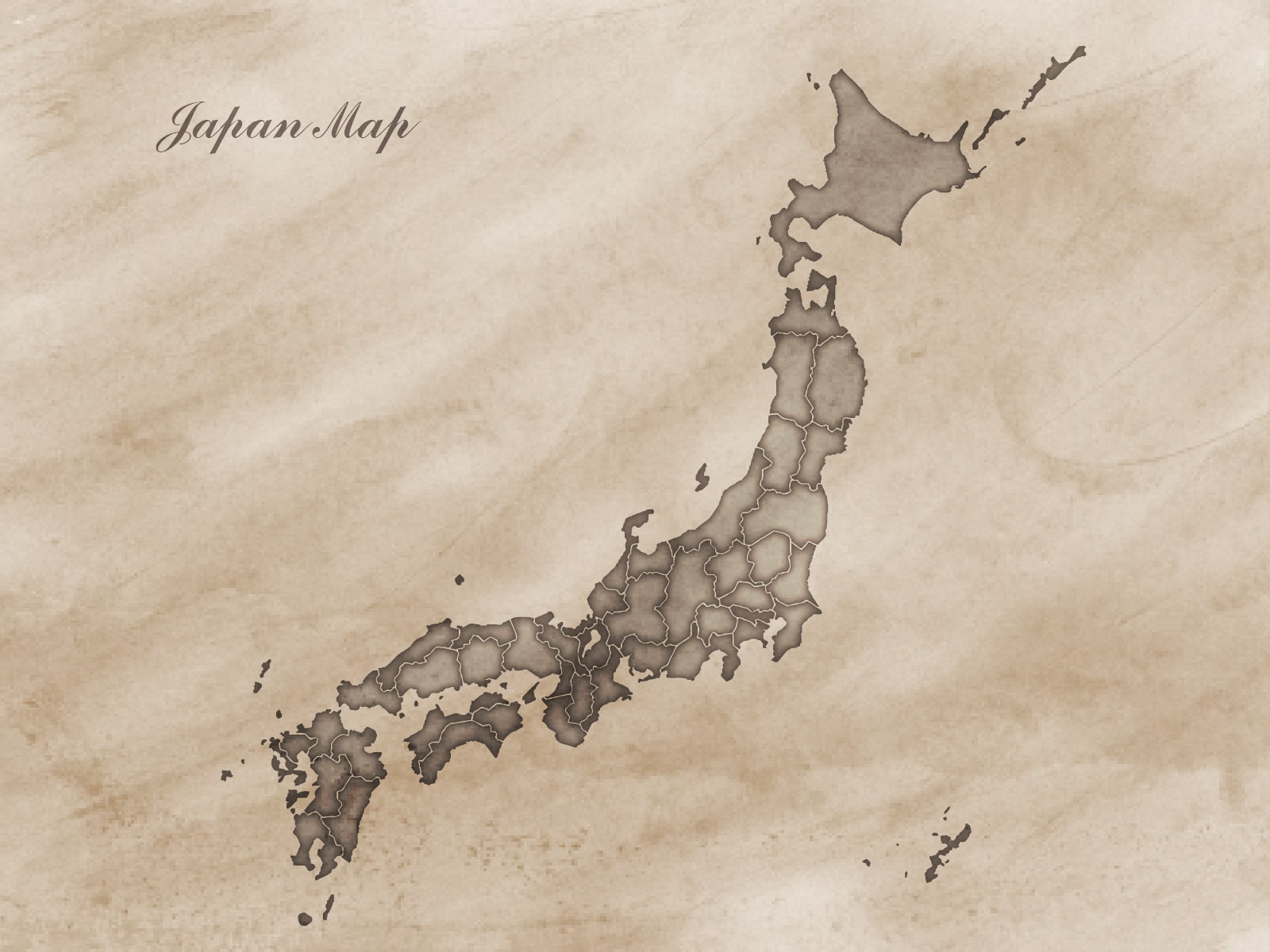
Welcome to the world of Kansai and Kanto.
Roughly speaking, we divide Japan into two regions :Kansai (関西) and Kanto (関東).
Because each has big centre cities representing Japan :
Osaka/Kyoto (関西) and Tokyo(関東)
Let’s compare the customs of each region.
Below is the contents of this page.
Kanji and Kana
1) Kanji
Kanji (Chinese characters) tells us what the words Kansai and Kanto mean.
Because, through Kanji, we can virtually grasp not only the meaning of the word, but also the background it was born in.
Kanji for Kansai is 関西 and Kansai is 関東.
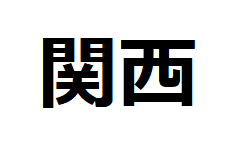
Firstly, 関.
With 門 which means gate, 関 means checkpoint. In the past, checkpoints served as borders in important places and maintained the safety of each region.
On the other hand, 西 means west and 東 means east.
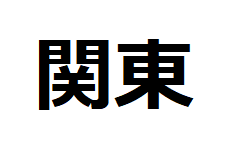
As the Kanji shows, 関西 locates in the western side of the border and 関東 locates in the eastern side.
However, as for the question where the border is, there are so many answers and cannot gain consensus.
2) Kana
There are two phonograms (kana) in Japanese: 1) Hiragana and 2) Katakana.
According to the most supported theory, both of them were formed by adopting one element of a Kanji character with similar sounding.
Originally, Hiragana were only for women. But today, it has by far the wider usage.
Talking of 2) Katakana, we use it mainly for foreign origin words.
Incidentally, there are 46 characters in both Hiragana and Katakana systems.
As for Kansai, Hiragana is かんさい and Katakana is カンサイ.
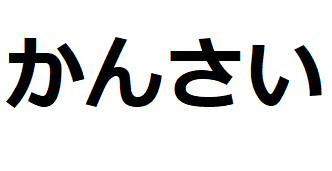
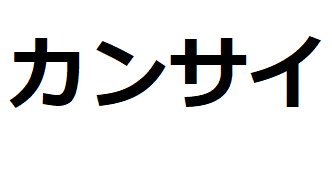
As for Kanto, Hiragana is かんとう and Katakana is カントウ.
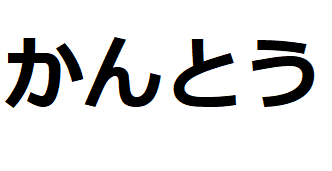
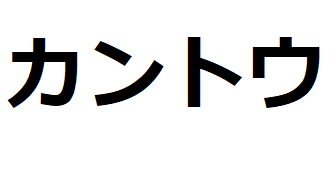
1. Soup (Kansai and Kanto)
B: Kanto
On the other hand, the water of the Kanto is hard and goes well with bonito broth (dashi).
Therefore, they add strong soy sauce (koi-kuchi).
As a result, the sauce of the Kanto is full-bodied, both sweet and salty.
A: Kansai
In Kansai, Unagi is cut from the belly side.
As a matter of fact, this is the easiest way to get rid of entrails.
By the way, there is an expression in Japanese; “open the stomachs”, which means to verbalize frankly one’s opinions or feelings.
In general, people in the Kansai (especially Osakaïst) tend to communicate more directly than people in the Kanto. They love to chat and laugh a lot.
B: Kanto
On the other hand, Unagi is cut by the back side in Kanto.
Because the action of cutting the belly side reminded samurai of the hara-kiri.
“Hara” means abdomen and “kiri” means cutting.
Simply put, hara-kiri is a ritual suicide by disembowelment.
In the past, samurais executed hara-kiri when they had committed an unpardonable fault.
Incidentally, many samurais lived in Edo, today’s Tokyo.
3. Sekihan
Thirdly, Sekihan (red rice).
Its main difference is in the beans used in the recipe.
A: Kansai
In the Kansai, people use Azuki (red bean), when they cook Sekihan.
As a matter of fact, this is the easiest way to get the red colour for rice. Because Azuki gives vivid colour and makes Sekihan look beautiful.
But unfortunately, its skin is too thin and soft to keep its form in the process of cooking.
B: Kanto
On the other hand, in the Kanto, they use another type of bean called Sasagé (black‐eyed pea).
Because, like the Unagi mentioned above, the appearance of broken Azuki was reminiscent of hara-kiri for Samurais.
Although both Azuki and Sasagé belong to the same genus called vigna, they are totally different beans.
Firstly, the colour is different. Each bean of Sasagé looks darker and duller than Azuki.
Secondly, the thickness of the skin is different. The skin of Sasagé is thicker than that of Azuki and as a result, Sasagé keeps its form in the process of cooking.
Just because of this second reason, Sasagé is used for Sekihan in Kanto.
4. Escalator
The difference is in the side to stay on them
A: Kansai
In Kansai, people place themselves to the right.
To tell the truth, it reflects the fact that many merchants lived in Kansai and they preferred to stay on the right to protect their belongings.
Because in order to protect something firmly with their right hand, staying on the right is the best.
B: Kanto
On the contrary, in Kanto, people place themselves to the left on the escalator.
It reflects the fact that many samurais lived in Kanto and they preferred to stay on the left to draw their swords quickly.
Because in order to draw something with their right hand, staying on the left is the best.
Incidentally, samurais always kept swords with them, because swords were considered as their soul.
Above stories tell us that the grand majority of the Japanese are right handed.
In the past, parents tended to give corrections to their children who were left handed.
Because many Japanese etiquettes are organised in the style of using mainly the right hand. For example, Sadou and purification in Shinto shrines.
However, today, most parents don’t mind it so much. Because social systems have gradually evolved to accept diversity.
Prefectures
Please find videos and articles to introduce sightseeing spots in each prefecture in both Kanto and Kansai.
Let’s enjoy our virtual voyages.

